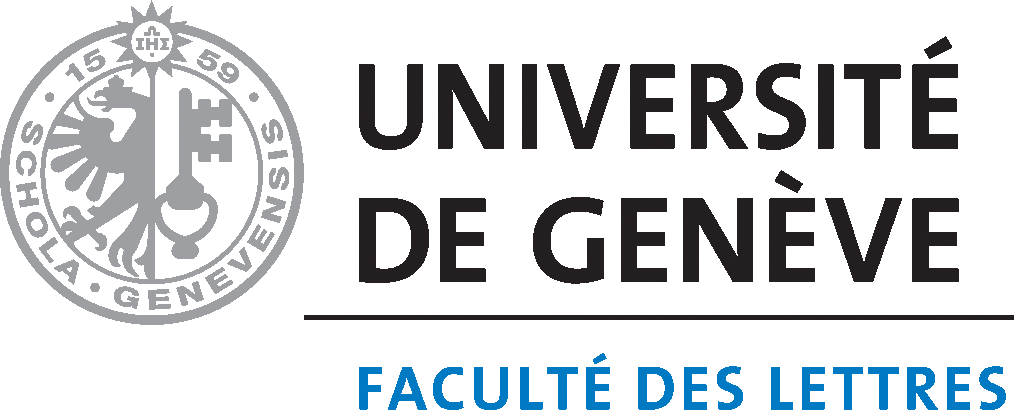Abstract
Using a Venetian case study from the Napoleonic Kingdom of Italy, this article demonstrates how archival research enables us to trace the spatial life of artworks. The Revolutionary and Napoleonic policy of the suppression of religious corporations, followed by the appropriation of their patrimony, as well as the widespread looting of artworks, led to the centralisation of patrimony in newly established museums in the capitals of the Empire and its satellite kingdoms. This made the geographical and contextual displacement, transnationalisation, and change in the value of artworks inevitable.
Recommended Citation
Gietz, Nora. "Tracing Paintings in Napoleonic Italy: Archival Records and the Spatial and Contextual Displacement of Artworks." Artl@s Bulletin 4, no. 2 (2015): Article 6.
Included in
Ancient, Medieval, Renaissance and Baroque Art and Architecture Commons, Cultural History Commons, European History Commons, History of Christianity Commons






